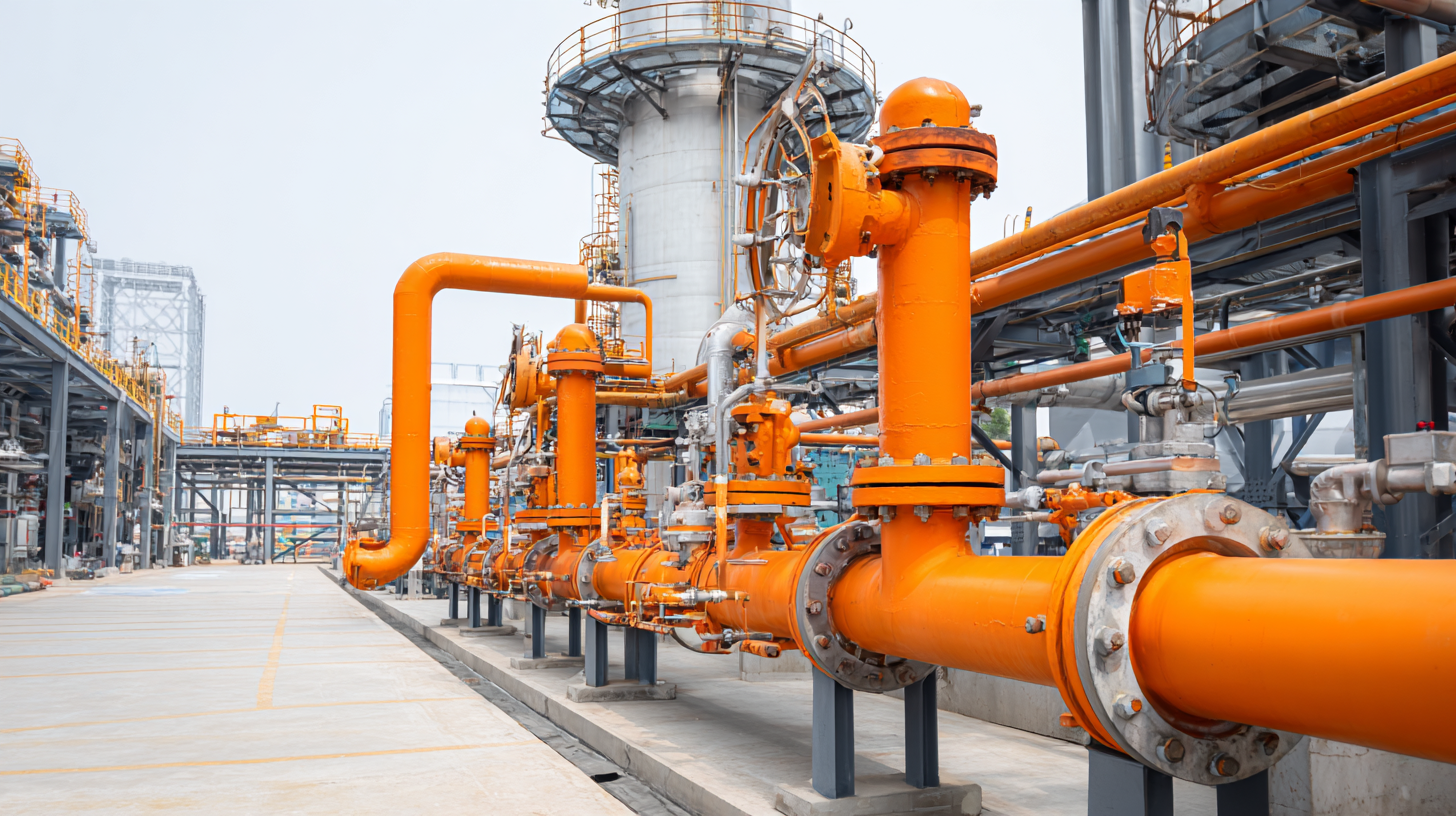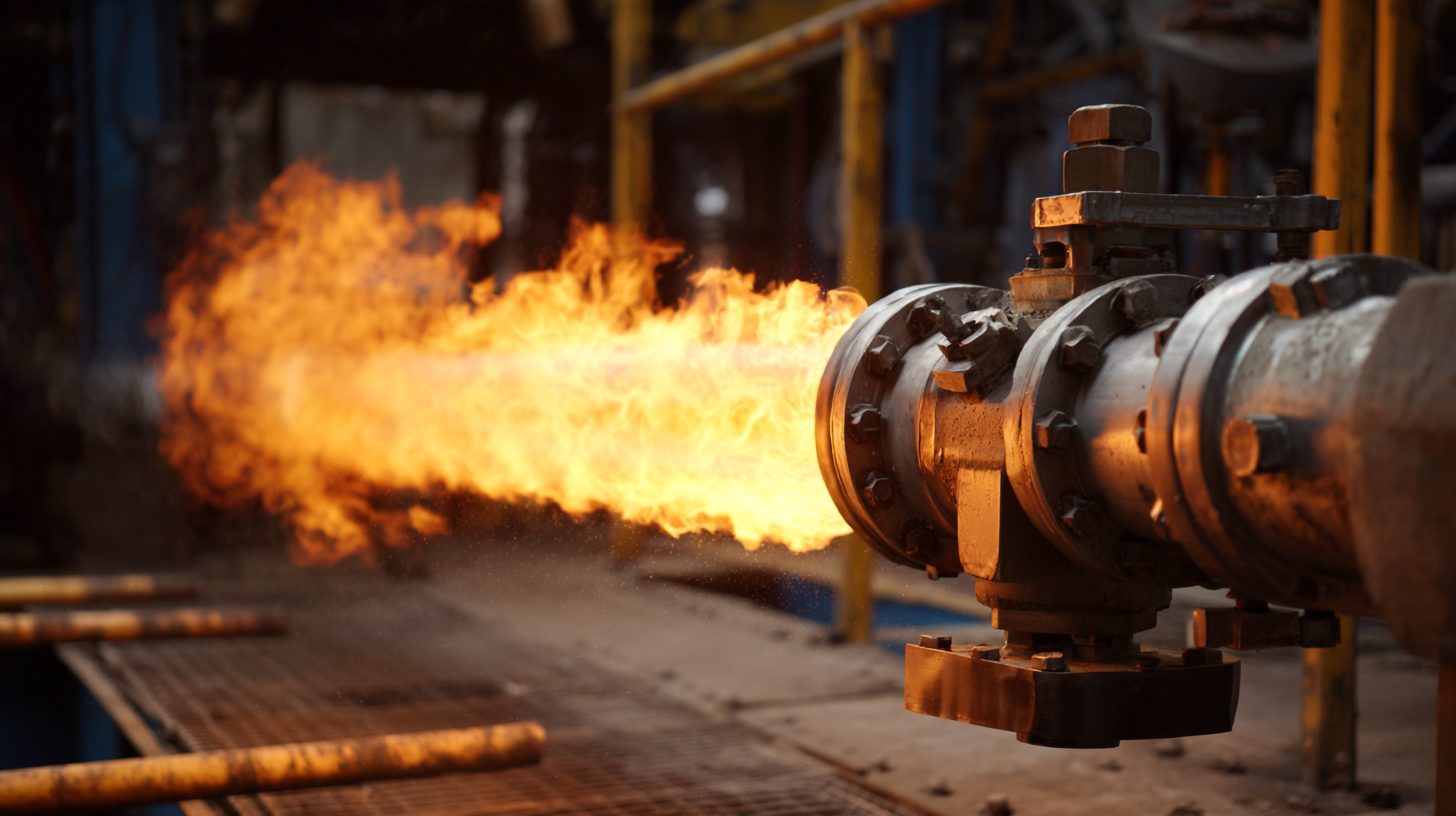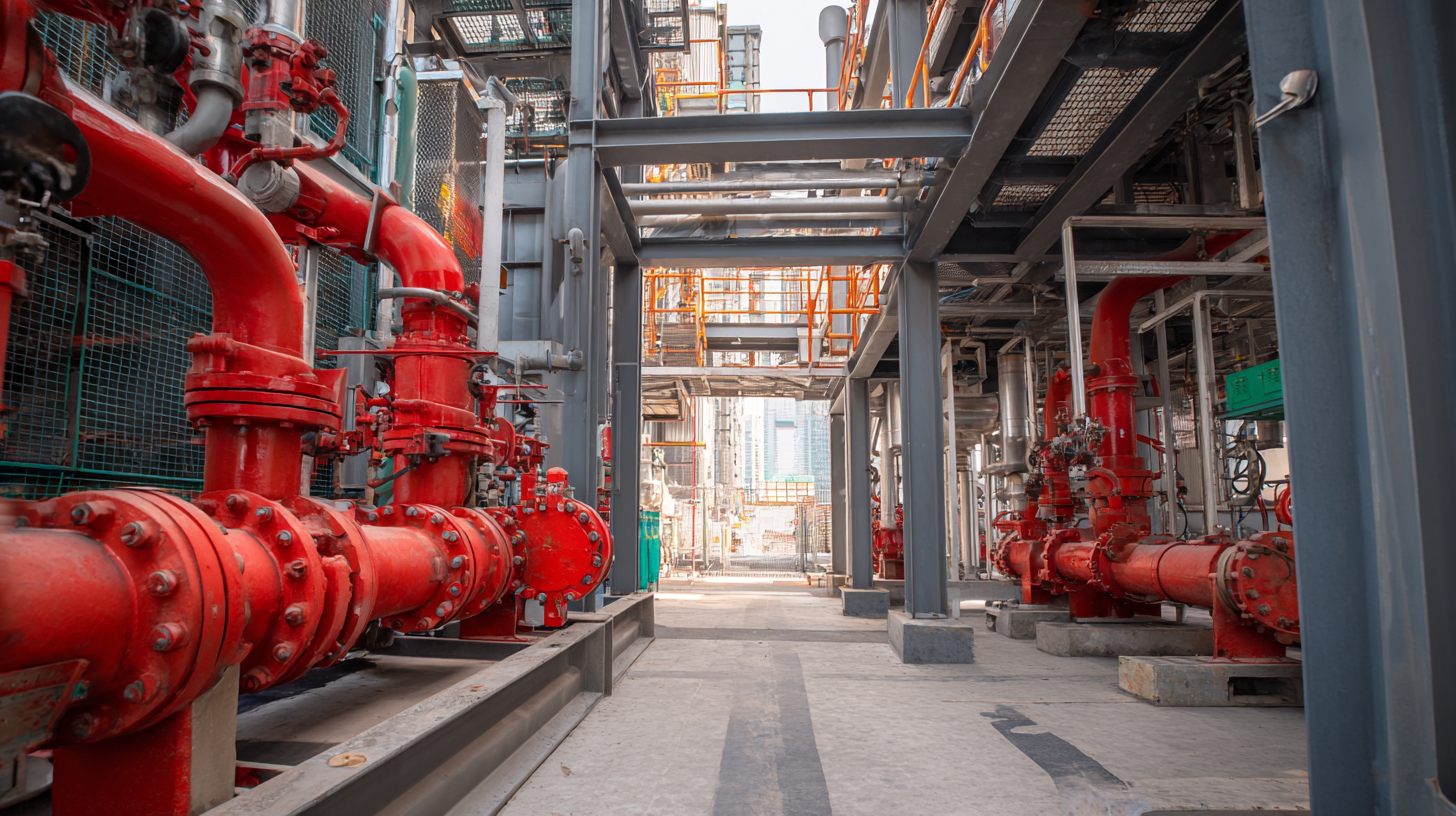Leave Your Message
In industrial applications where flammable gases and vapors are prevalent, the performance of safety devices like Flame Arresters is critical for preventing disastrous explosions and fires. However, as industries evolve and conditions change, the challenges associated with Flame Arrester effectiveness have come to the forefront. This blog delves into the common problems that arise with Flame Arrester performance, including design limitations, maintenance issues, and the impact of varying operating conditions. Understanding these challenges is essential for engineers and safety professionals, as it lays the groundwork for improving safety protocols, optimizing equipment design, and ensuring compliance with safety regulations. By addressing the intricacies of Flame Arrester functionality, we aim to enhance knowledge and drive forward the conversation on best practices in the industry.

Flame arresters are critical safety devices employed in various industrial applications to prevent the propagation of flames or explosions in process systems. However, designing these devices poses several challenges that must be addressed to ensure both maximum efficiency and the safety of operations. One significant challenge lies in balancing the size and flow capacity of the flame arrester with its ability to extinguish flames. An undersized arrester may lead to inadequate protection, while an oversized one can restrict flow, potentially resulting in operational inefficiencies.
Another concern is the type of materials used in flame arrester construction. The materials must withstand high temperatures, corrosive environments, and physical stress without compromising performance. Additionally, the design must consider varying process conditions, such as changes in pressure and temperature, which can affect the arrester’s functionality. Engineers must employ innovative design strategies, including advanced modeling and testing, to optimize flame arrester performance while adhering to stringent safety standards. Addressing these challenges is essential for ensuring that flame arresters operate effectively in protecting industrial facilities from fire hazards.
In industrial applications, flame arresters serve as critical safety devices that prevent fire from propagating through the piping systems. However, various performance issues may compromise their effectiveness. Recent research highlights the significant impact of structural parameters and initial conditions on the flame quenching performance of hydrogen crimped-ribbon flame arresters. For instance, variations in the expansion chamber angle (φ) and pipe geometry can lead to considerable differences in quenching performance, which emphasizes the need for optimized designs tailored to specific operational scenarios.
Moreover, the geometry of the pipes and the concentration of hydrogen have been shown to influence the operational efficiency of these safety devices. Investigations reveal that an increase in hydrogen concentration can alter the quenching characteristics of the arresters, suggesting that a comprehensive understanding of these factors is paramount for enhancing flame arrester performance. Advanced methodologies, such as response surface methodology, have become instrumental in studying these relationships, allowing for the identification of optimal design parameters that effectively mitigate fire risks in industrial settings. Industry reports indicate that optimizing these aspects can significantly elevate the reliability of flame arresters in hazardous environments.
Flame arresters play a critical role in protecting hazardous environments by preventing the propagation of flames and explosions in industrial applications. In the context of energy transition technologies, which are increasingly used in decarbonization efforts, the introduction of new processes brings forth unique safety challenges. According to the latest report, the global flame arrestor market was valued at USD 2.61 billion in 2023 and is projected to grow at a CAGR of 4.5% from 2024 to 2030. This growth emphasizes the vital need for effective fire risk assessments and preventative measures in industries adopting novel energy solutions.
**Tips:** When selecting flame arresters for specific applications, ensure they comply with the latest industry standards and are suitable for the materials handled. Regular maintenance and inspections are essential to guarantee functionality, especially in demanding environments like wind turbines where fire risks are prevalent due to the complex assembly of nacelles and blades.
With hydrogen operations gaining traction as a clean energy source, it's critical to remain vigilant about electrical safety. Hydrogen's high combustibility necessitates stringent controls and effective flame arresters to mitigate explosion risks in confined spaces. As technology evolves, educating personnel on the risks associated with new energy processes, along with implementing robust fire protection measures, will be paramount to enhancing workplace safety.

In recent years, the reliance on Chinese-made flame arresters in industrial applications has grown significantly, leading to concerns regarding their quality and reliability. A report by the National Fire Protection Association (NFPA) indicates that improperly functioning flame arresters can result in catastrophic consequences, including explosions and fires, which have accounted for over 10,000 industrial incidents annually worldwide. With such statistics underscoring the importance of effective flame protection, it becomes crucial to closely evaluate the performance standards of these products.
Quality control in the manufacturing of flame arresters is paramount. According to a study published by the International Association of Oil & Gas Producers (IOGP), only 65% of flame arresters produced in certain Chinese facilities meet international safety standards. This discrepancy highlights the need for rigorous testing and certification processes to ensure reliability. Companies looking to source flame arresters from China must conduct thorough assessments, including reviewing compliance with API and ISO standards, to mitigate risks associated with subpar products. Ultimately, the implications of selecting an unreliable flame arrester can extend beyond financial losses, impacting worker safety and environmental integrity as well.
This chart illustrates the performance evaluation of flame arresters made in China, focusing on the reliability and quality across various industrial applications.
 Flame arresters are essential devices in industrial applications, safeguarding against the propagation of flame in flammable gases and vapors. However, their performance can be compromised due to various challenges. Regular maintenance and adherence to best practices are crucial for ensuring their effectiveness. According to a report by the National Fire Protection Association (NFPA), improper maintenance can lead to a 30% increase in the risk of incidents involving flammable mixtures.
Flame arresters are essential devices in industrial applications, safeguarding against the propagation of flame in flammable gases and vapors. However, their performance can be compromised due to various challenges. Regular maintenance and adherence to best practices are crucial for ensuring their effectiveness. According to a report by the National Fire Protection Association (NFPA), improper maintenance can lead to a 30% increase in the risk of incidents involving flammable mixtures.
To maintain the effectiveness of flame arresters, industries should implement a rigorous inspection schedule. This includes checking for physical damage, accumulation of debris, and signs of wear. It is advisable to conduct inspections at least annually, or more frequently in high-risk environments. Additionally, utilizing temperature and pressure monitoring systems can help identify potential issues before they escalate.
Tip: Always reference the manufacturer's guidelines regarding the replacement intervals for flame arresters, as this can vary based on application and operational conditions.
Furthermore, personnel training is vital. Ensuring that staff understands the operational principles and maintenance requirements of flame arresters can reduce the likelihood of human error. Regular training sessions can help instill a culture of safety and vigilance, crucial for preventing mishaps in industrial settings.
Tip: Incorporate safety drills and operational reviews to reinforce training and ensure adherence to safety protocols related to flame arresters.
